Gravel bikes, over the past few years, have completely changed cycling. We have gone from owning a mountain bike, a road bike, and a hybrid bike to just having one single gravel bike.
Many of us have sold up and gone for invested in one do it all bike. I can see why gravel bikes are incredible, and although many thought they would be a passing fad, they’re here to stay.
As an avid gravel bike user and ultra cyclist of many years, I am often asked, “What terrain are gravel bikes good for?
Most people would obviously say gravel, but unfortunately, the answer isn’t as simple as that. In this article, we are going to tell you all about the different terrain that gravel bikes are suitable for and how they will perform on each.
What is a Gravel Bike?
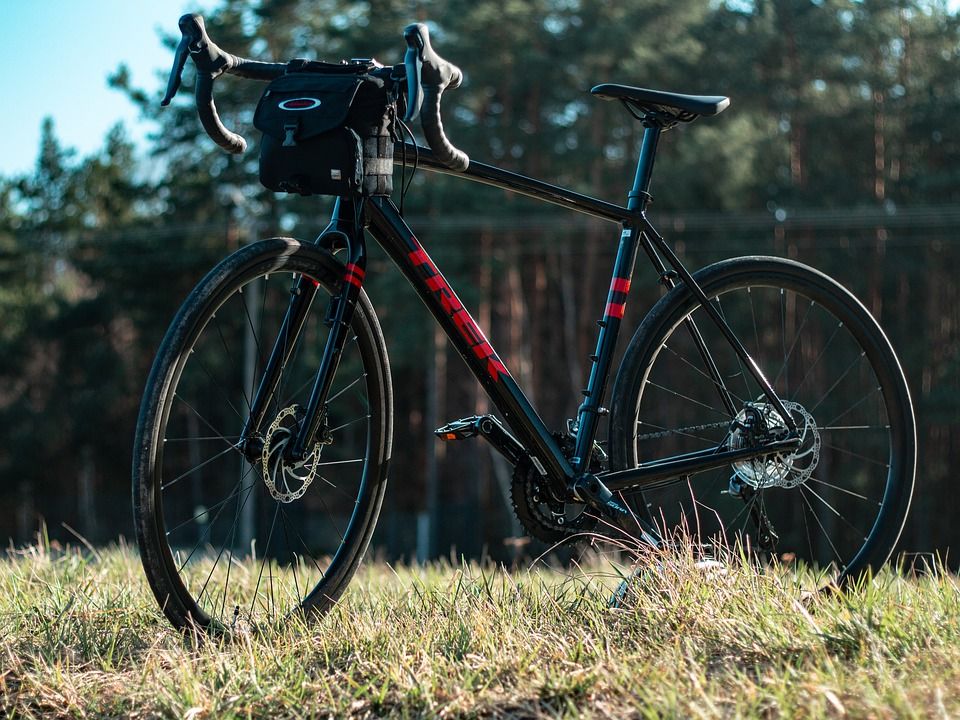
Let’s start by talking a little about what a gravel bike is because although they may look like a road bike with oversized tires or a mountain bike with drop bars, they are actually very different things. Here are typically things you will see on a modern day gravel bike.
Large tires
Although they will look like road bikes, gravel bikes will have larger tires than a road bike. Gravel bike tires will be looking at sizes of anywhere from 35c to 50c tires. They are generally smooth as this suits riding gravel the most but can sometimes be knobbly like a mountain bike tire.
Relaxed geometry
Unlike a road bike which is made to put the user in an aerodynamic position to make them quicker. A gravel bike has a more relaxed geometry. This means the rider is more upright to help with control and will be much more comfortable.
Longer wheelbase
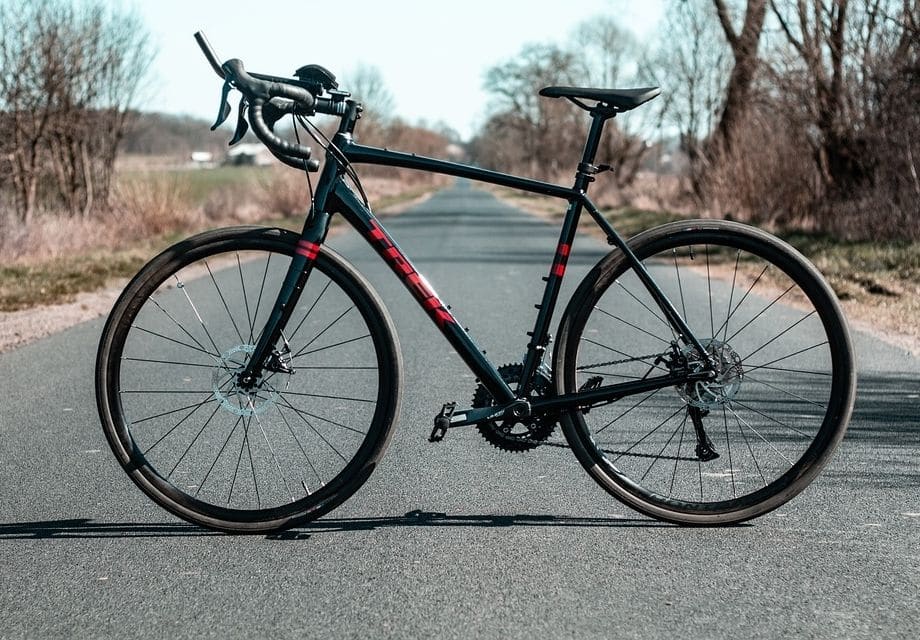
Gravel bikes have a longer wheelbase than other bikes. With the bike having extra length, it helps it handle much better and offers the user a lot more stability. It might not feel as agile as a road bike, but it will really help on that loose terrain.
Flared bars
On most gravel bikes, you will find the handlebars to be flared. This means although from the side, they look like road drop handlebars, from the top, they are actually much wider to help the user control the bike off road.
Disc brakes
All modern day gravel bikes have disc brakes. They are much better at stopping and work much more efficiently off road than any other brakes when it comes to cycling. They have two types, mechanical disc brakes and hydraulic disc brakes. Hydraulic in my opinion are the best ones to use.
Gearing
When it comes to gravel bikes, you will typically be on very low ratio gearing. This means you will have gears that are excellent for climbing and when you’re on loose terrain.
We Think You’ll Like It: Mountain Bike vs Gravel Bike
What Terrain Are Gravel Bikes Good for Then?
In this next section, I want to discuss all the terrain gravel bikes are suitable for. As gravel bikes are good for many different terrains, I will speak about what to expect and modifications you can make to improve the bike on that terrain.
Gravel
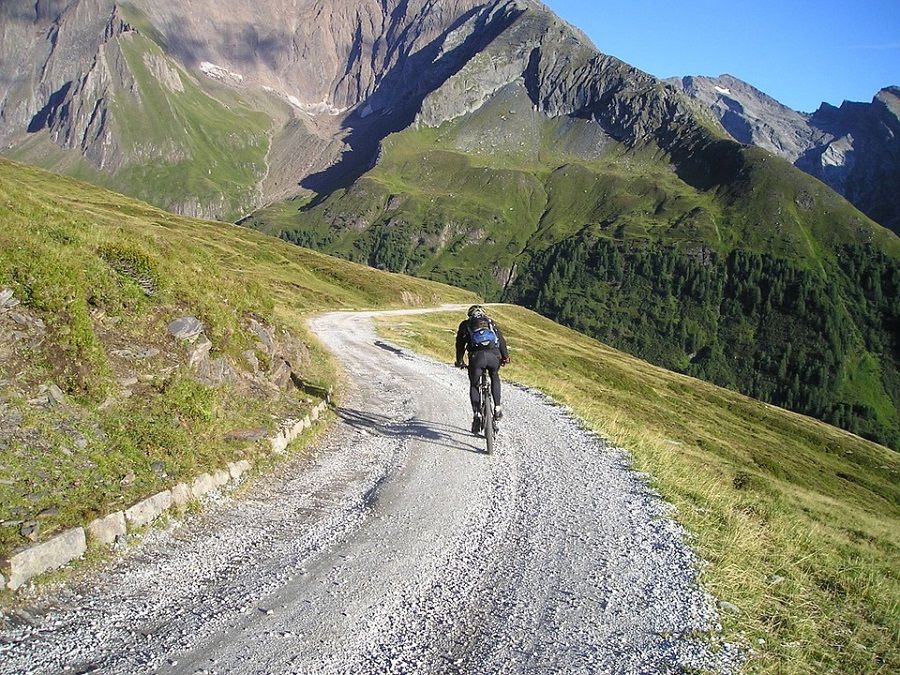
Let us start with the most obvious terrain, gravel roads. These are mainly what gravel bikes are designed to be ridden on. The large smooth tires and long wheelbase are perfect for keeping you upright and helping the bike stay gripped on terrain that wants you to slip. You will be the most effective on a gravel bike as far as gravel riding goes.
Modifications to improve riding on gravel
You are going to want to do nothing to your bike. The only modification I would make to improve your bike is to size the tires to how rough the gravel is. Larger tires are better on rougher gravel. Smaller tires for light gravel.
Trails
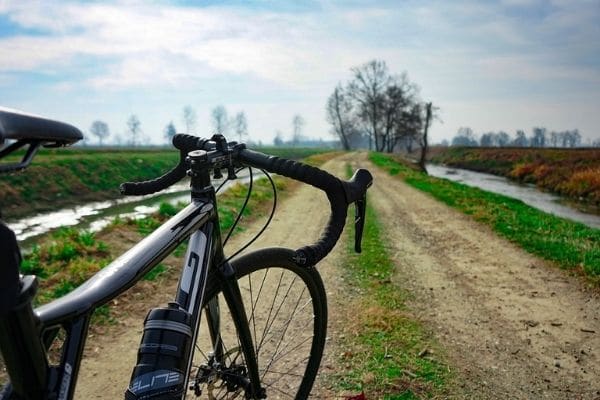
It can be challenging to resist a trail when riding past, but you don’t have to avoid them anymore. Your gravel bike will be fine on it. The wider tires and that relaxed geometry will make it easy work.
Gravel bikes are perfect for this kind of riding. It’s not going to be silky smooth like on mountain bikes, but the bike will still be capable of doing it.
Modifications for Trails
On trails, you typically come across a lot of tree roots, so running your tires at a lower pressure is going to help you get over these easier.
You could also swap your tires out for small mountain bike tires, which are knobbly for extra grip. Many Gravel bikes can also use smaller wheelsets such as 650b, and this would also be very beneficial to riding technical terrain.
Road
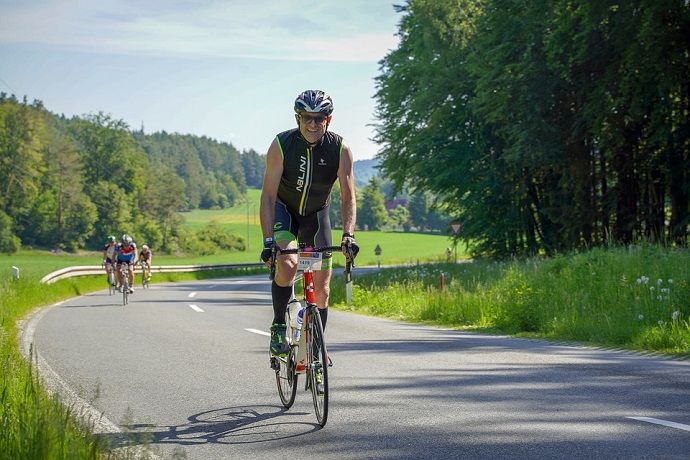
Gravel bikes are perfect for riding on the roads. They won’t be as fast as a road bike, but they will give you a much more comfortable experience, and you will get all day long comfort from them.
They are perfect for the road, especially long distance riding. Many ultra cyclists tend to use gravel bikes for the extra comfortable geometry and larger tire clearance. I would highly recommend a gravel bike on the road.
Modifications for roads
To make your gravel bike better on the road, you can drop the tire size to smaller tires and even put a little more pressure in them. This will make it much less laggy on the road, and you will be able to keep up with all the roadies.
We Think You’ll Like It: How to Convert a Road Bike to a Gravel Bike
Mud and grass
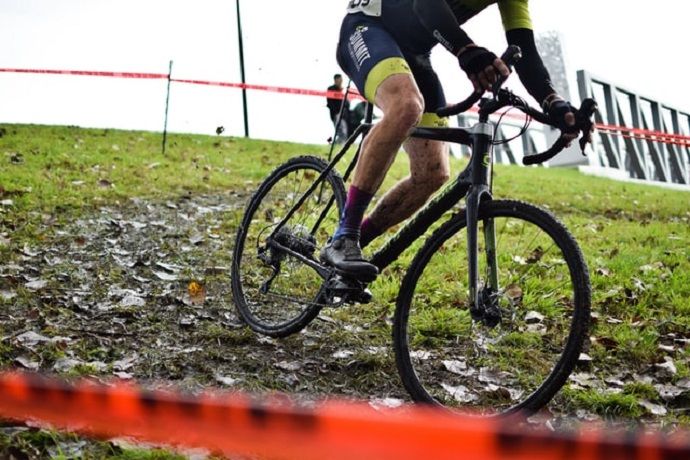
One of the most competitive forms of cycling is cyclocross racing, it has an enormous following, and many people do it during the winter cycling season.
Typically cyclocross bikes are used for this type of off road riding. What would your gravel bike be like on mud and grass?
It would be better than a road bike, but it will be very slippily in the wet. If you were to go on some mud and grass in the wet, you’re going to want to make a few modifications.
Modifications for mud and grass
Running knobbly tires will really help, and having the pressure dropped nice and low will give you extra grip. The more adventurous we get as cyclists, the more we find ourselves on different terrain, and this is definitely one to be cautious of.
Sand
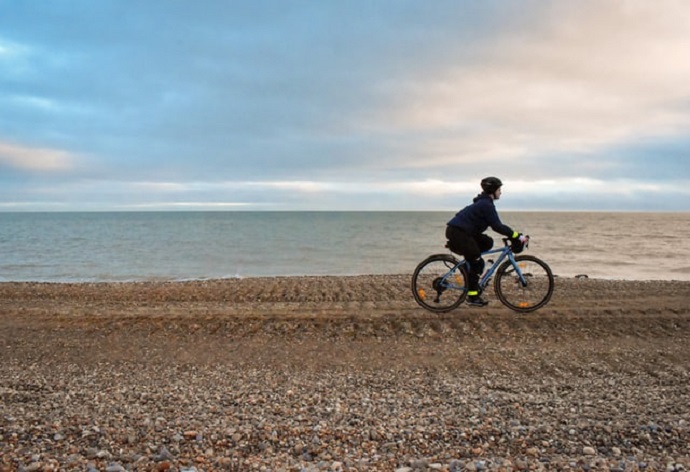
I personally live near a beach and often find myself riding on sand. It has to be the right consistency. The beach is traffic free, super fun, and if you need to cool off, you’re right next to the sea. Can you ride on the beach on a Gravel bike? Of course, the wider tires help to ride on a beach, and the low gearing enables you to keep the back wheel planted.
Modifications for sand
Having the largest tires you can fit will help, and also, they need to be as knobbly as possible. Another big help will be very low gearing, so the largest cassette you can fit on the rear. I would recommend beach riding occasionally and not every ride as it can quickly wear through your components.
What Terrain Are Gravel Bike Good at?
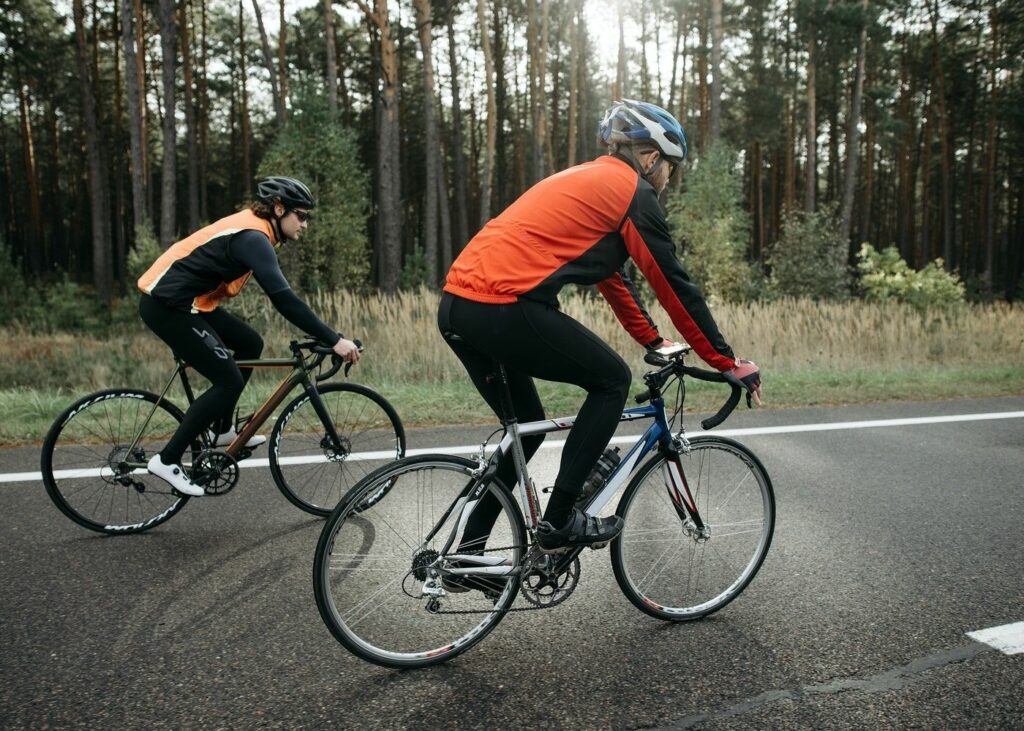
In my opinion, gravel bikes are excellent. They are capable of doing so much, and as far as a bike to do everything, I don’t think they can be beaten. They can be great on smooth roads but also hold their own when it comes to rough terrain. They are the perfect adventure bikes and offer you so many options of places to ride as a rider. They will be able to ride pretty much anywhere and do a good job, but they typically are best suited to gravel.













